Harvesting Parsnips In Winter: How To Grow A Winter Parsnip Crop
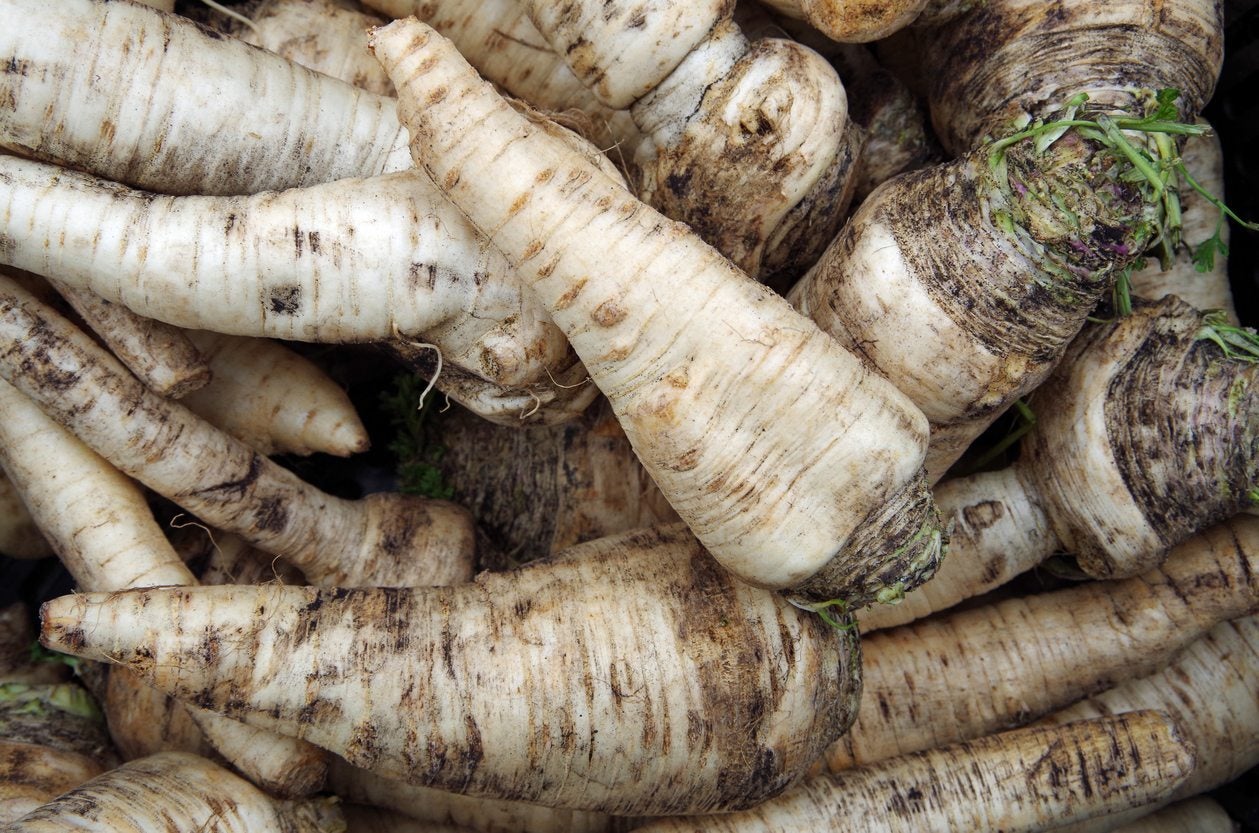

In springtime when store shelves fill up with seed displays, many gardeners are tempted to try new vegetables in the garden. A commonly grown root vegetable throughout Europe, many North American gardeners have tried planting a row of parsnip seeds in spring with disappointing results-- such as tough, flavorless roots. Parsnips have a reputation as being difficult to grow, mostly because gardeners plant them at the wrong time. An ideal time for many regions is winter.
Growing Parsnips in Winter Gardens
Parsnip is a cool season root vegetable that is technically a biennial but is usually grown as a winter annual. They grow well in full sun to part shade in any rich, fertile, loose, well-draining soil. However, parsnips do have a hard time growing in the hot, arid conditions like those found in southern regions of the U.S. They can also be heavy feeders and distorted or stunted roots may form if there are not enough available nutrients in the soil. Experienced parsnip growers will tell you that parsnips taste the best only after they have experienced some frost. For this reason, many gardeners only grow a winter parsnip crop. Freezing temperatures cause the starches in parsnip roots to turn into sugar, resulting in a carrot-like root vegetable with a naturally sweet, nutty flavor.
How to Time a Winter Parsnip Harvest
For a flavorful winter parsnip harvest, plants should be allowed to experience at least two weeks of steady temperatures between 32 and 40 degrees F. (0-4 C.). Parsnips are harvested in late autumn or early winter, after their aerial foliage has wilted from frost. Gardeners can harvest all the parsnips to store, or they can be left in the ground to be harvested as needed throughout winter. From seed, parsnips can take 105 to 130 days to reach maturity. When planted in spring, they reach maturity in the heat of late summer and do not develop their sweet flavor. Seeds are usually planted instead in mid to late summer for harvesting parsnips in winter. Plants are then fertilized in fall and mulched thickly with straw or compost before frost. Seeds can also be planted in mid to late autumn to grow in the garden throughout winter and harvested in early spring. When planted for a spring harvest, however, roots should be harvested in early spring before temperatures rise too high.
Gardening tips, videos, info and more delivered right to your inbox!
Sign up for the Gardening Know How newsletter today and receive a free copy of our e-book "How to Grow Delicious Tomatoes".
-
 Get Ready For A Summer Of Hummers! Grow These Full Sun Hummingbird Plants and Flowers
Get Ready For A Summer Of Hummers! Grow These Full Sun Hummingbird Plants and FlowersIf you’re lucky enough to enjoy a sunny backyard, make sure you are maxing out on your pollinator opportunities and grow these full sun hummingbird plants and flowers
By Tonya Barnett
-
 12 Lush Alternatives To A Lawn For Sustainable Spaces
12 Lush Alternatives To A Lawn For Sustainable SpacesAlternatives to a lawn are beautiful and also beneficial to your local ecosystem and its pollinators. Explore our top picks for plants to replace grass.
By Tonya Barnett
-
Powdery Mildew Of Parsnips – Treating Signs Of Powdery Mildew In Parsnips
Powdery mildew is a very common disease that affects a wide array of plants. Powdery mildew of parsnips can be a problem if left unchecked too. To learn more about how to manage and recognize the symptoms of powdery mildew in parsnips, click here.
By Liz Baessler
-
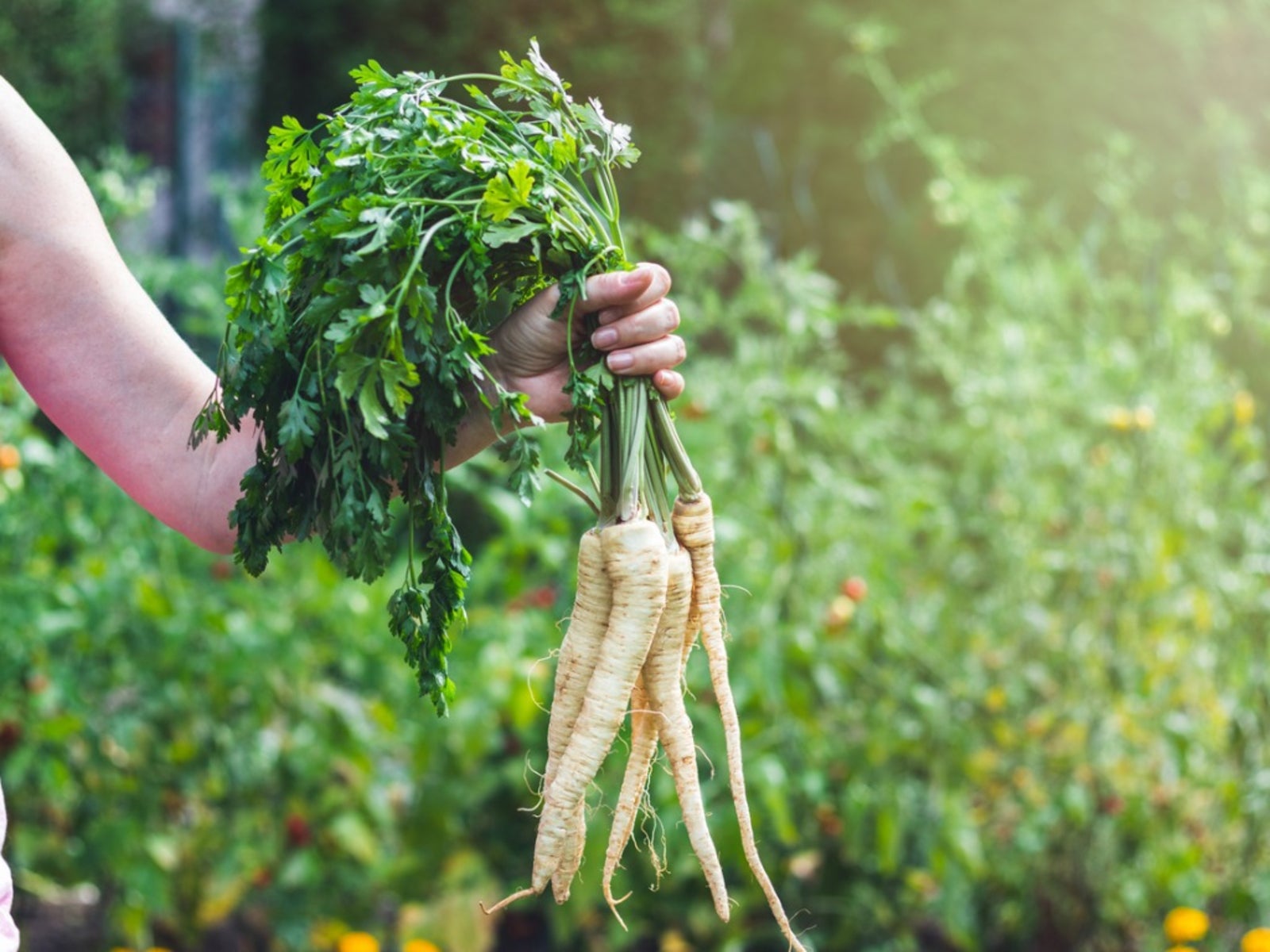 Parsnip Leaf Spot Problems – Learn About Leaf Spot On Parsnips
Parsnip Leaf Spot Problems – Learn About Leaf Spot On ParsnipsParsnips are as easy to grow as their cousin the carrot. Easy to grow they may be, but not without their share of diseases and pests. One such disease, parsnip leaf spot results in exactly what it sounds like - parsnips with spots on leaves. Learn more in this article.
By Amy Grant
-
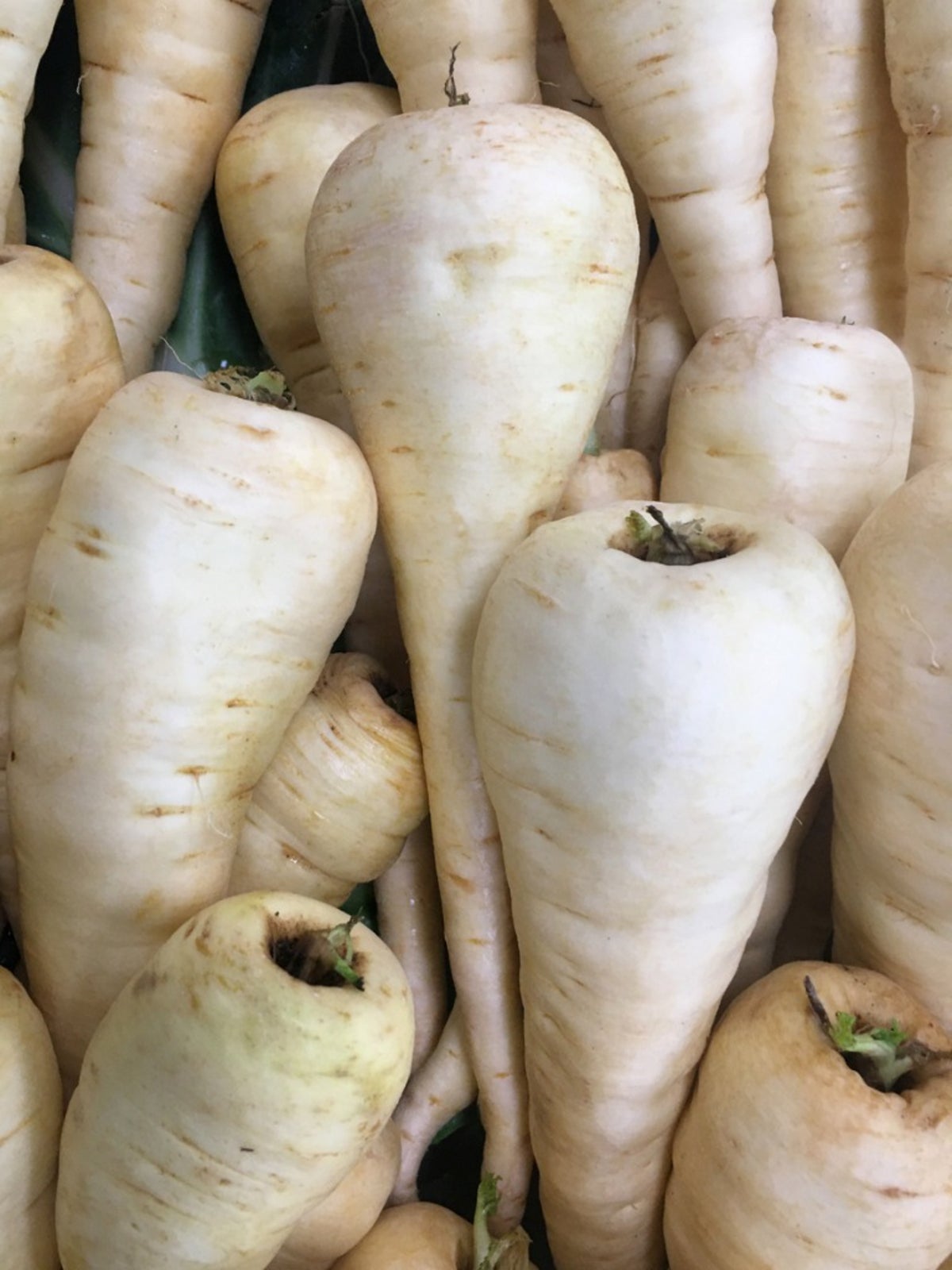 Guide To Parsnip Diseases – How To Treat Sick Parsnips In The Garden
Guide To Parsnip Diseases – How To Treat Sick Parsnips In The GardenParsnips are the often overlooked middle child of the root vegetable world, but they can be total rock stars in your garden. Just be on the lookout for these common parsnip diseases and your vegetable stand will be the envy of the neighborhood! Learn more here.
By Kristi Waterworth
-
 Can You Overwinter Parsnips – Tips For Parsnip Winter Care
Can You Overwinter Parsnips – Tips For Parsnip Winter CareParsnips are a cool season vegetable that actually become sweeter when exposed to several weeks of cool, frosty weather. That leads us to the question "can you overwinter parsnips." If so, how do you grow parsnips in winter? Find out in this article.
By Amy Grant
-
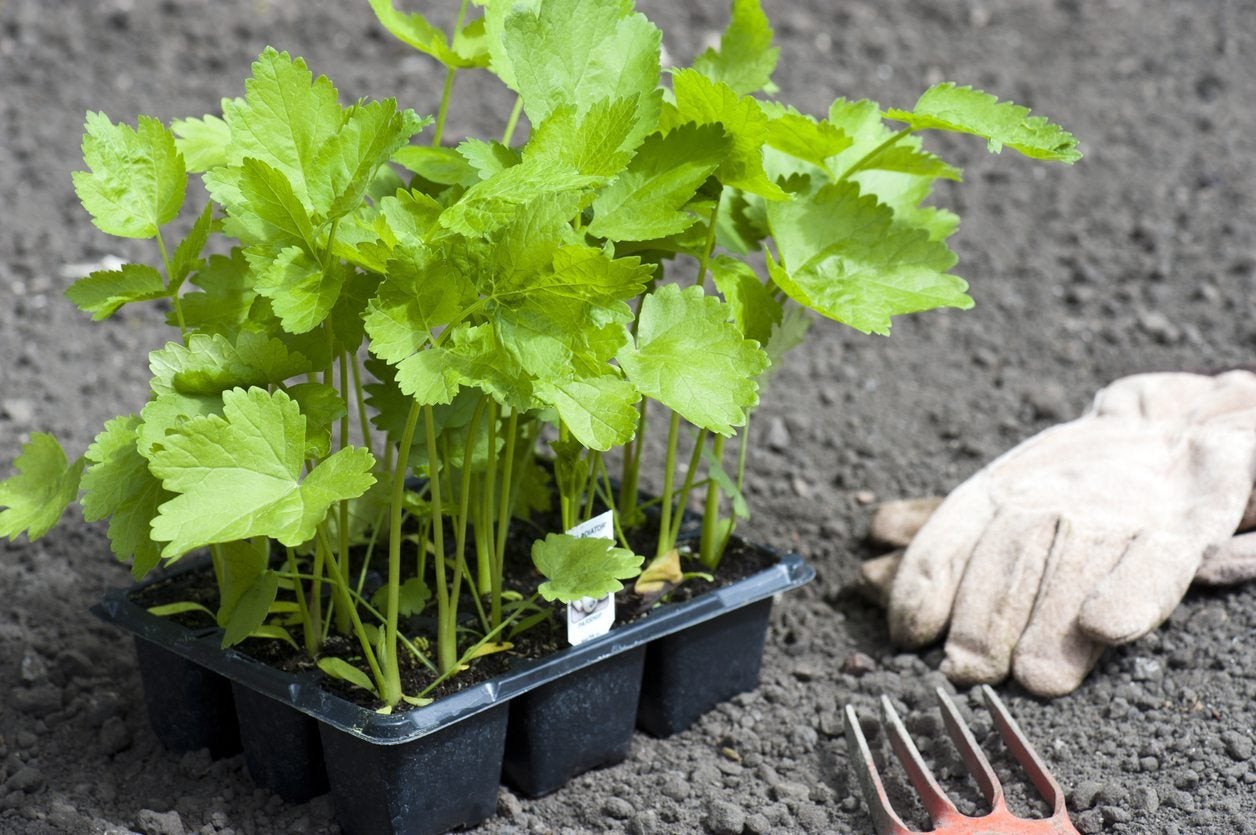 Container Grown Parsnips – Learn How To Grow Parsnips In A Container
Container Grown Parsnips – Learn How To Grow Parsnips In A ContainerRoot vegetables are making a comeback, and parsnips are high on the list. Parsnips are grown for their delicious roots and generally do best planted in a garden, but what if you don't have a garden plot? Can you grow parsnips in pots? Find out here.
By Amy Grant
-
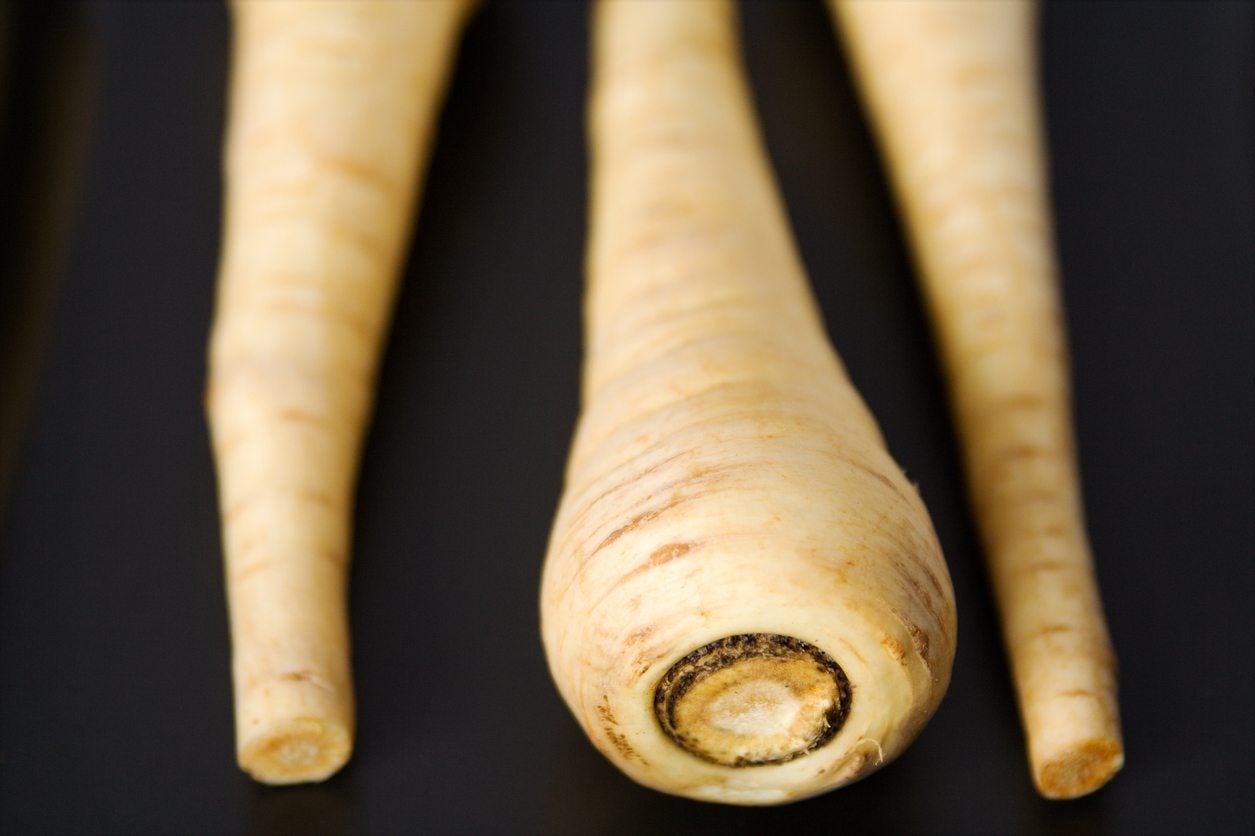 Growing Parsnips From Kitchen Scraps – Can You Regrow Parsnips From Tops
Growing Parsnips From Kitchen Scraps – Can You Regrow Parsnips From TopsYou only have to buy a vegetable once, and after you can just regrow it from its base. In the case of some vegetables, like celery, this is actually true. But what about parsnips? Do parsnips regrow after you've eaten them? Find out in this article.
By Liz Baessler
-
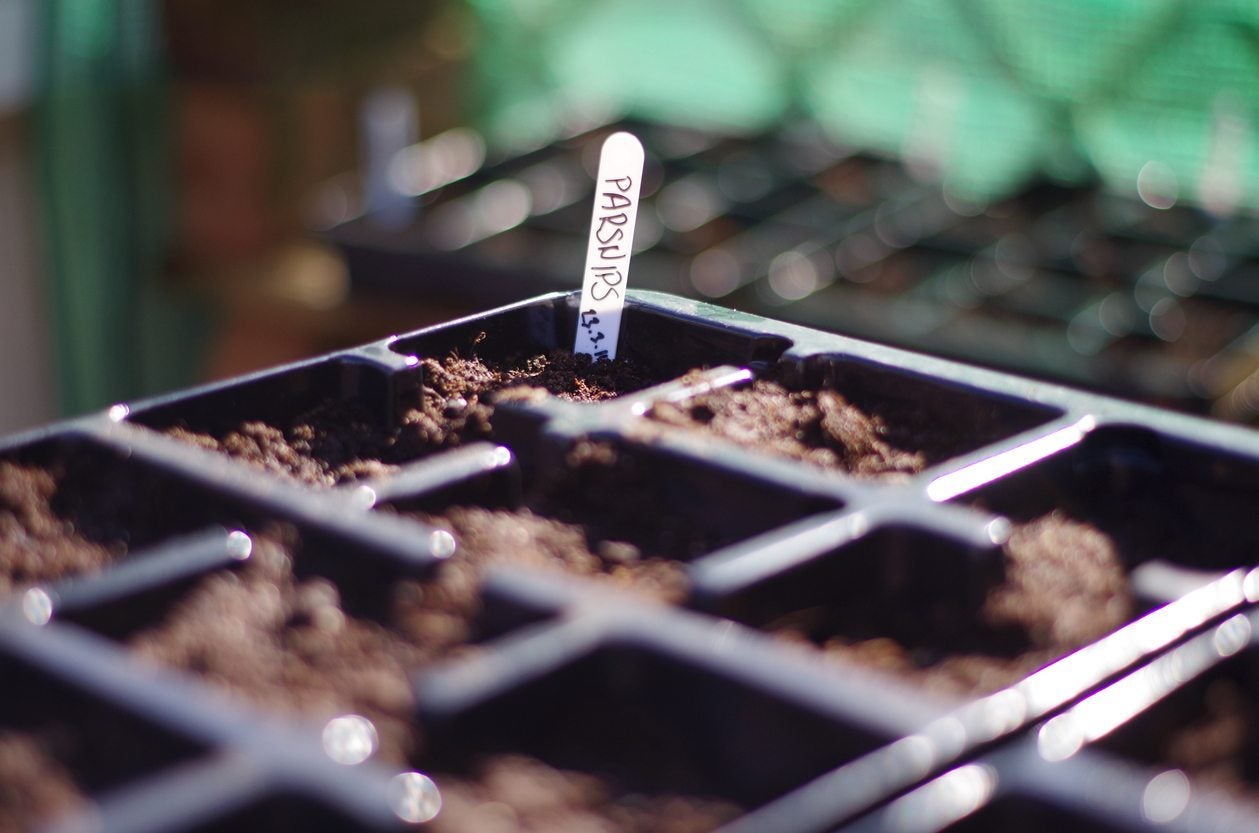 Seed Grown Parsnips: How To Grow Parsnips From Seed
Seed Grown Parsnips: How To Grow Parsnips From SeedIf you?re interested in seed-grown parsnips, give it a try! Growing parsnips from seed isn?t difficult as long as you provide the proper growing conditions. Learn how to grow parsnips from seed with the information found in this article.
By Mary H. Dyer
-
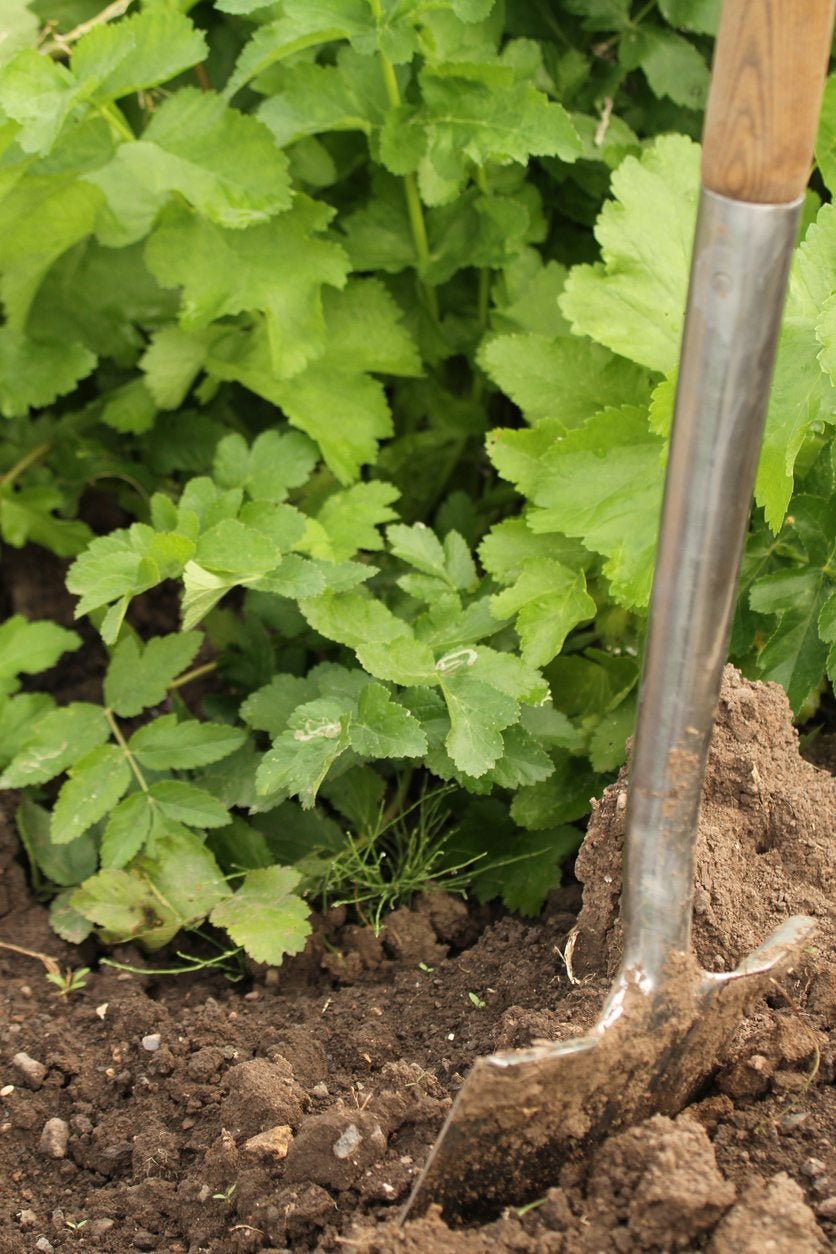 Parsnip Soil Requirements – Tips For Parsnip Growing Conditions
Parsnip Soil Requirements – Tips For Parsnip Growing ConditionsA hardy root vegetable with a sweet, slightly nutty flavor, parsnips taste even better after the weather turns frosty in autumn. Parsnips aren't difficult to grow, but proper soil preparation makes all the difference. Learn about parsnip soil requirements in this article.
By Mary H. Dyer